Sinteranlage - Duisburg |
Click on the photo to enlarge
 |
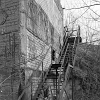 |
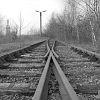 |
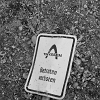 |
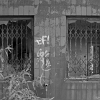 |
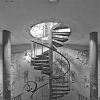 |
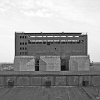 |
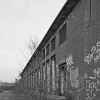 |
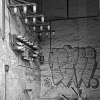 |
|---|---|---|---|---|---|---|---|---|
 |
 |
 |
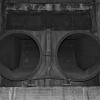 |
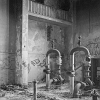 |
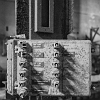 |
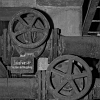 |
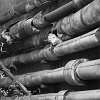 |
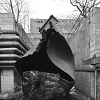 |
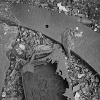 |
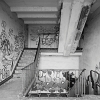 |
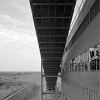 |
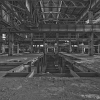 |
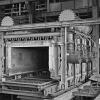 |
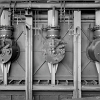 |
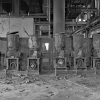 |
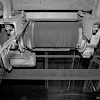 |
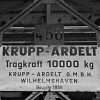 |
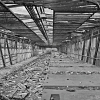 |
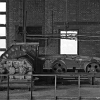 |
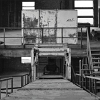 |
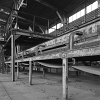 |
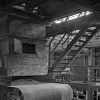 |
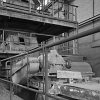 |
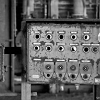 |
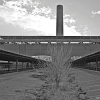 |
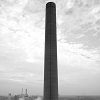 |
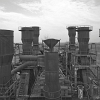 |
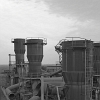 |
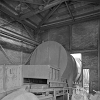 |
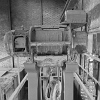 |
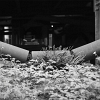 |
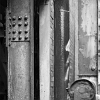 |
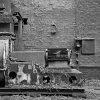 |
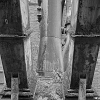 |
 |
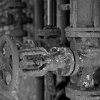 |
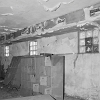 |
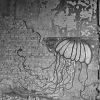 |
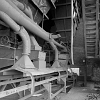 |
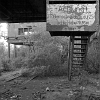 |
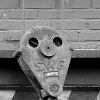 |
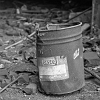 |
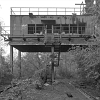 |
 |
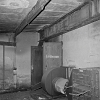 |
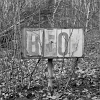 |
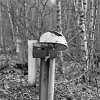 |
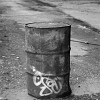 |
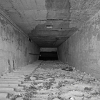 |
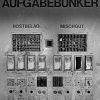 |
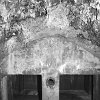 |
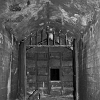 |
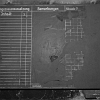 |
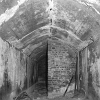 |
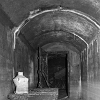 |
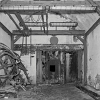 |
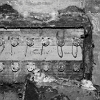 |
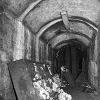 |
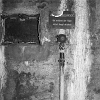 |
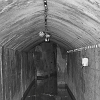 |
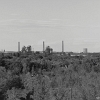 |
The site has been used since about 1910 to the industrial dumping of slag. 500,000 cubic meters of blast furnace slag are dredged had to open up to the site for construction, another 75,000 cubic meters of soil were required to backfill.
For the ore deposits, the underground bunker system and the foundations of 32,000 cubic meters of concrete were used and 21,000 m2 reinforced concrete slabs and plates made sole.
The steel structures required 8000 tons and 3700 tons of steel machines. The cost was about 40 million marks.
The sinter plant has been put into operation in the summer of 1957, after two years of the former Phoenix Rheinrohr AG United metallurgical and pipe mills for blast furnace plant in Duisburg-Ruhrort.
Two years later there was a further expansion of the system.
In 1964 August Thyssen-Hütte AG Phoenix Rheinrohr and thus also the production in Ruhrort, Beeck and Meiderich.
The sintering plant served to Stückigmachung of fine ores that have "clogged" the blast furnace because of their small grain size.
Therefore, the ore fines on a conveyor belt, the so-called sintering belt, were ignited by the addition of flue dust and coke by means of gas, and then baked under the heat together to form larger pieces.
After cooling and refraction of the sintered material could be used in the blast furnace.
Every day 4,000 tons of sinter were screened out.
The fine ores,
the flue dust and the necessary fuels were immediately emptied into the so-called Spitzbunker or placed on the 200,000-tonne-capacity bearings in the sinter plant either.
For the fine ores were a total of 20 Spitzbunker in two rows with a capacity of 175 cubic meters per available.
From them, the individual varieties are discharged through the turntable and conveyed by a conveyor belt.
After all the coarser constituents were precipitated on a screen by the addition of the recovered product to a second conveyor belt.
An inclined drum mixer with a throughput capacity of 500 tons per hour, reach the ore fines, flue dust, recycled material, fuel and water, has the task to conduct a thorough mixing and to ensure a crumbling of the insert on for good gas permeability of the mixture is the sintering belt required.
At the lower end of the mixing drum, the sintering mixture is discharged onto a conveyor belt that at a length of 160 meters overcomes a height difference of 45 meters.
Transverse bands provide for the distribution of the sinter mixture in the intermediate hopper capacity of 90 cubic meters, which are located on each of the two sintering machines. From here, the output is sent to the two sintered tapes.
Then first was the firing of sinter mix with blast furnace gas, with about 80 cubic meters consumed per ton of sinter.
At the end of the tape of the now finished sinter cake is discarded and a primary crusher for crushing to ensure large pieces.
About the Warmsieb on which the fine fractions are excreted, the broken sinter passes on the cooling belt.
The material is cooled from 800 to 1000 ° C at about 100 to 150 ° C by the cold air is sucked from above.
After cooling the sintered over sieves, on which the remaining fine particles are removed is running.
A total of 100 employees attended in three layers for the smooth running.
36 locksmith and 15 electricians were used for maintenance.
The sinter plant has ceased operations in the summer of 1983.
This was largely the steel crisis, which forced the Thyssen group to global rationalization measures.
The pig iron and steel production was gradually, and as in previous years, the most logical location on the Rhine, at the August Thyssen-Hütte in Hamborn concentrated.
The site was still used until 1995 by a slag processing company. After partial removal of them is now empty and has become a popular photo object.
Unfortunately, eating away not only the ravages of time, but also the massive "cable theft" and vandalism of their substance.
There are plans for new or redevelopment of the site. After 1995, the site and the surrounding land went to the former LEG State Development Corporation.
In 2006, the city has a development plan, which provides expel the site as green space.
The main aim of the change is the transformation of the industrial area and the limited use industrial area in forest and green areas.
At the same time, the forest areas are displayed according as areas for action for the protection, care and development of soil, nature and landscape.
A sub-plot in the entrance area of the former sinter plant / slag crushing plant is to be changed to a use-restricted commercial zone to allow here to a limited extent the settlement of small-particle sector. When these plans are to be implemented is not known.
Find out more
The sinter plant was used to make the delivered ore fines lumps. In the blast furnace process, a certain minimum particle size of the materials used has been required in order to ensure the gas permeability of the reducing gases.
The sintering process itself proceeded on a slowly moving belt, which was occupied by a well put together mix of fine ore, coke and other auxiliaries.
The mixture was ignited with the help of a pilot flame at the surface.
Due to the resulting high temperatures in the sintering layer it came to the melting of the iron ore particles connected to form larger units.
The resulting sinter was prepared (coolers, crushers, screens) in downstream plants and was the starting material for the blast furnace process.

